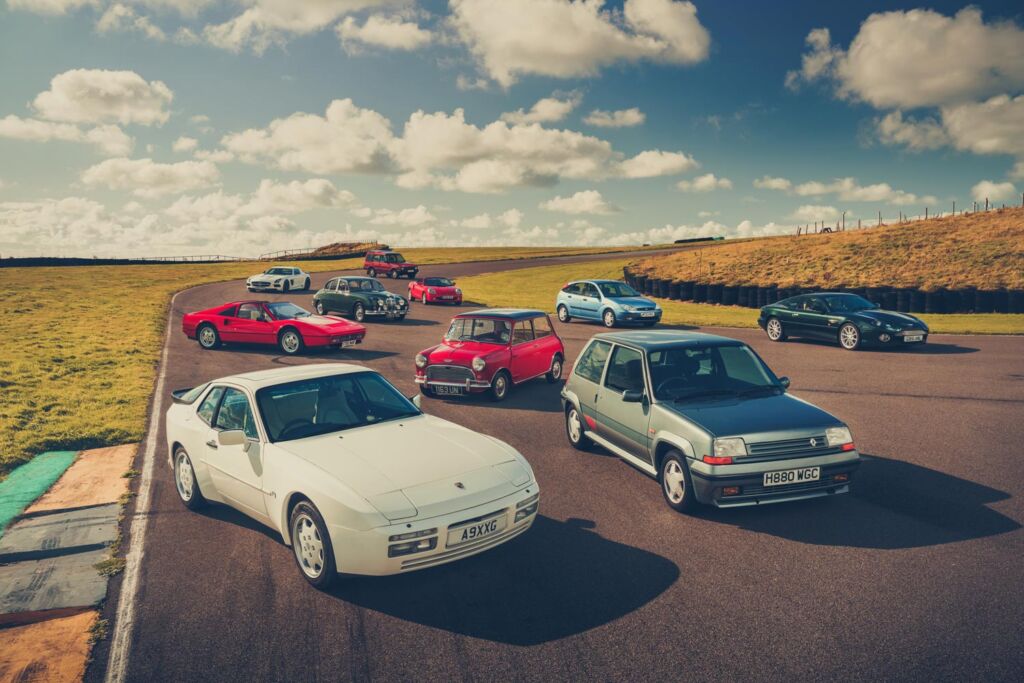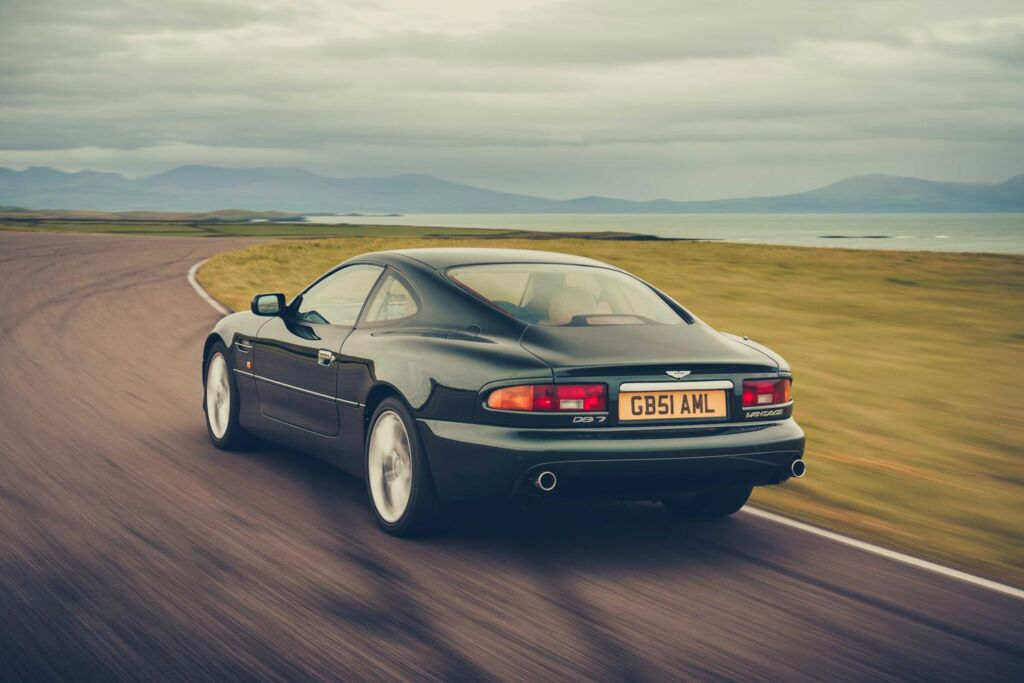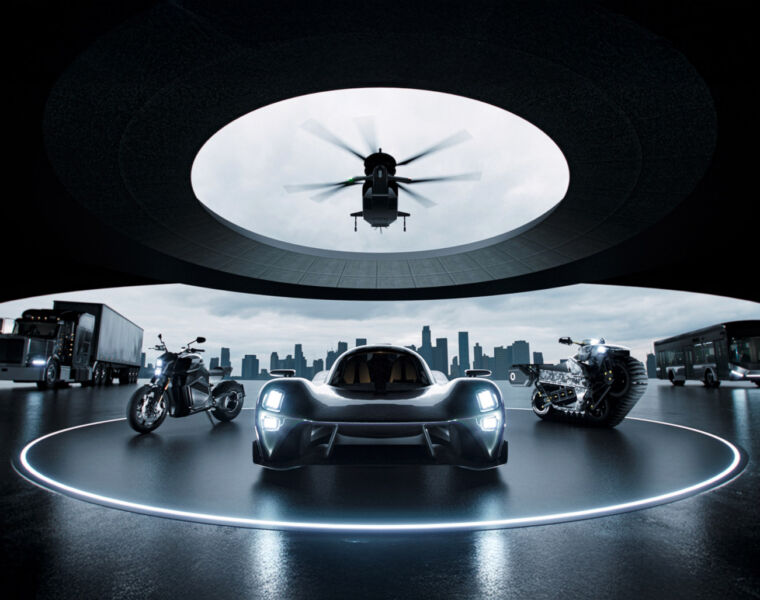
Since December 2017, our good friends across the pond at Hagerty US have published the Bull Market list. An annual compilation of classic and modern classic cars that should be both a pleasure to drive and live with, it highlights emerging trends and changing tastes across the enthusiast car scene.
Better still, the Bull Market list helps drivers make informed decisions when embarking on the exhaustive task of choosing their ideal classic from the thousands available. And although Hagerty’s advice is to buy with your heart and feel an emotional connection with a classic car, knowing that the head has helped steer the heart to a car that is increasingly in demand, and therefore more likely than not to increase in value, should help ensure that your money doesn’t evaporate like bodywork turning to rust.
The Hagerty UK team decided it was high time that Britain’s drivers had a Bull Market list of their own, so here it is. Their selection of 10 classic and modern-classic cars for the heart and the head spans everything from humble family hatchbacks to limited-edition supercars – some you’ll be familiar with, others you’ll enjoy getting to know.
To inform their choice of cars, Hagerty’s Valuation team analysed both its market valuation data and insurance quotes and policies, looking for indicators that suggest a car is rising in value and increasingly in demand among drivers. They’ve told us they want you to enjoy your next classic car on every level.
Hopefully, this selection helps steer you in the right direction.

1994 – 2004 Aston Martin DB7
The DB7 was never meant to be an Aston Martin. It was a car suggested to Jaguar by Tom Walkinshaw Racing as an affordable replacement for the XJ-S, relying heavily on its existing structure and engineering. Jaguar rejected it, so Walkinshaw turned to his young designer Ian Callum and said, “You’d better make it an Aston Martin then.” At that moment, the DB7 was born.
There is some truth in the oft-peddled suggestion that it was the car that saved the company, though perhaps not for the reason most think. Truth is Ford already owned Aston Martin, as well as Jaguar, and while the DB7 did convince them not to offload it in difficult times, it was the later V12 Vantage version that convinced Dearborn to sign off a transformative investment in Aston’s future that paid for a new generation of cars and new factory.
The Vantage moved the DB7 from conventional coupe territory into the realm of the supercar and proved comfortable and credible in that space. And the Vantage was not engineered by TWR like the DB7, but by Aston Martin, bringing back in-house the engineering expertise it had allowed to dwindle to almost nothing.
They are very different to drive because the Vantage was so much more than a bigger engine. Its structure, suspension, brakes, gearbox, wheels and tyres were all either seriously modified or entirely new. The DB7 is the rougher diamond for sure, its 3.2-litre supercharged six lacking the class of the 5.9-litre V12, but there’s a charm in that gruff engine note and a more sporting edge to its handling not just because it carried less weight but also because the Vantage was set up to be more of a grand tourer.
That’s how Geoff Billington, the owner of the DB7 driven, uses his Vantage. “Ever since I was a little lad, from about 12 or 13, I wanted an Aston Martin. When I went to Chiltern Aston five years ago, the managing director picked this car out for me – 17,000 miles on the clock and three previous owners. I only intended on keeping it for a couple of years, just to say I’ve owned an Aston, but I’ve had it ever since and put another 12,000 miles on it, taking it to events like Le Mans Classic.”
For Billington, it’s the marque that appeals most about the ownership experience, fulfilling a long-held ambition. Other than a minor issue with the battery, the car has been turnkey reliable and independent specialists that he uses have been faultless.
The memories of appraising DB7s back in the day come flooding back when the Hagerty team settle into Billington’s car. Much of the interior is sourced from Jaguar and Ford parts bins, and there’s no getting away from the fact it’s cramped. That’s because underneath it all lies the bones of a car designed in the early 1970s. The V12 pairs nicely with the automatic gearbox, and while the engine sounds just the ticket, the car feels every inch the tourer it was intended to be, with a heavy feel and considered movements rather than a flighty feel.
Volante versions, while elegant, wobble about more than the coupe. The ultimate DB7 (limited-edition Zagatos aside) was the run-out GT model, tweaked in almost all areas from engine output to suspension tune, but they’re rare and expensive. For those wanting the best blend of ability and value, a nice clean Vantage is probably the best of the lot.
As for Jaguar, after spending far too much time and money developing a brand-new sports car called the XJ41, Ford cancelled the car and approved the brilliant XK8 instead which was based on, you guessed it, an XJ-S floorpan. They could have saved themselves a load of bother if they’d just said yes to Walkinshaw, to begin with. But Aston Martin fans will be glad they didn’t.
2002 Aston Martin DB7 Vantage
- Engine: V12, 5935cc
- Transmission: 5-speed automatic, RWD
- Power: 435bhp @6000rpm
- Weight: 1875kg
THE HAGERTY VALUATION TEAM SAYS
- Hagerty value condition #2: £31,580
- 2019 Hagerty value condition #2: £37,680
- Hagerty 12-month value change: -£6100 (16.2%)
It may seem odd to start with a car that has lost value in the last 12 months: the average Hagerty Price Guide ‘excellent’ value across the DB7 range has dropped from £37,680 in 2019 to £31,580 today. But it’s an Aston Martin, and as we know, the fortunes of that company rise and fall like waves on a particularly choppy sea. Surely Aston Martin will bounce back and – as has happened so many times in the past – a certain secret agent may help.
As the cars’ age and miles creep up, well-preserved examples should become more sought after. Before this year, values were relatively stable at around the £37,000 mark; now may well be the time to buy while prices are low.
![]()




You must be logged in to post a comment.